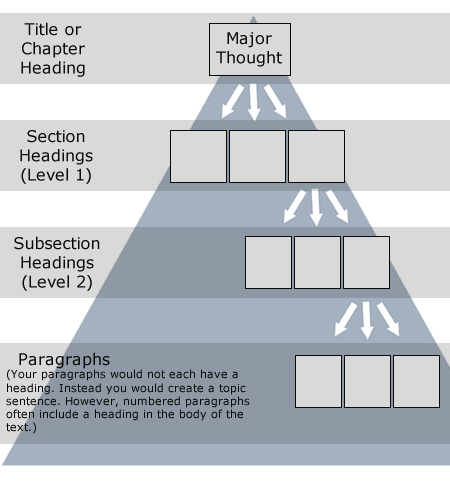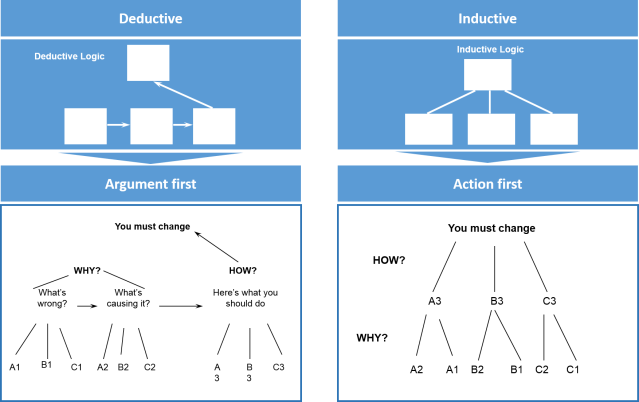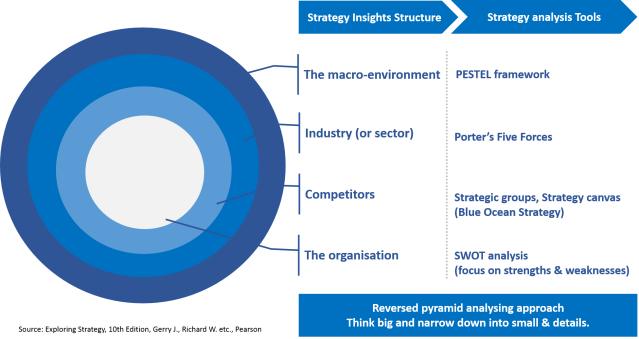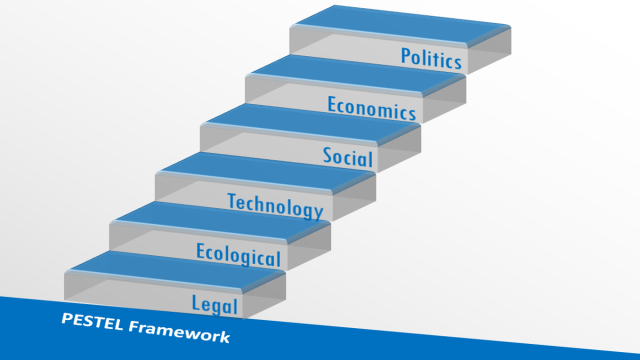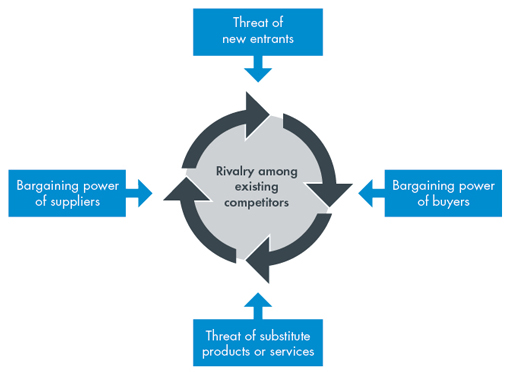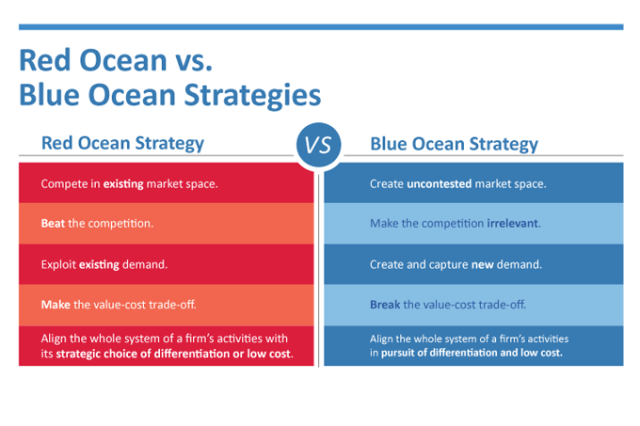Pyramid Principles
Logics behind our writing, presentations and interviews
Introduction
One principle to pay attention: remind rather than inform
Why:
- Easier to attract reader’s attention
- Easier to build connection with reader
The structure of introduction
- Background/ Situation
- The problem:
The value/ contribution of the work: Build connection between the author and the reader
- Why does the author write the article?
- Why does the reader have better read the article?
Give answers/ solutions
3. Show the plan: present the “agenda” of the article (Most used in presentations)
Create an introduction with SIX steps:
- Draw a box and write down subject. (To figure out the main sentence: topic)
- Decide the question the reader wants answered. (Narrow down the topic & seek out the problematic issue)
- Write down the answer. (To illustrate the author’s idea: main idea of the article)
- Describe the situation without controversy.
- Develop the complication–Answer “so what”.
- Recheck the question and the answer.
Body
Body is the main part of the article for developing, supporting, and proving Topic Sentence.
Two principles to group ideas
- Inductive
- Deductive
Three principles when develop “sub-Topic”
- Ideas at any level must be summaries of ideas grouped below them
- Ideas in each grouping must always be of the same kind
- Ideas in each grouping must be logically ordered
When Grouping and Ordering “sub-sub-Topics”, Four approaches can be used:
- Deductive reasoning
- Chronology
- Structure
- Comparison/classification/ranking
Summary/ Conclusions:
One Principle: Summary needs to show implication of the article.
Each type of grouping has a clear method of summarizing:
- Summarize action ideas by stating effect of carrying out actions
- Summarize situation ideas by stating what is implied by their similarity
- Summarize deductive arguments by leaning on the deduction
Sources:
- Pyramid Principles, Barbara Minto;
- http://weatherhead.cwru.edu/degree/Pyramid; http://intergon.freeyellow.com
- http://colelearning.net/rw_wb/module4/page11.html


